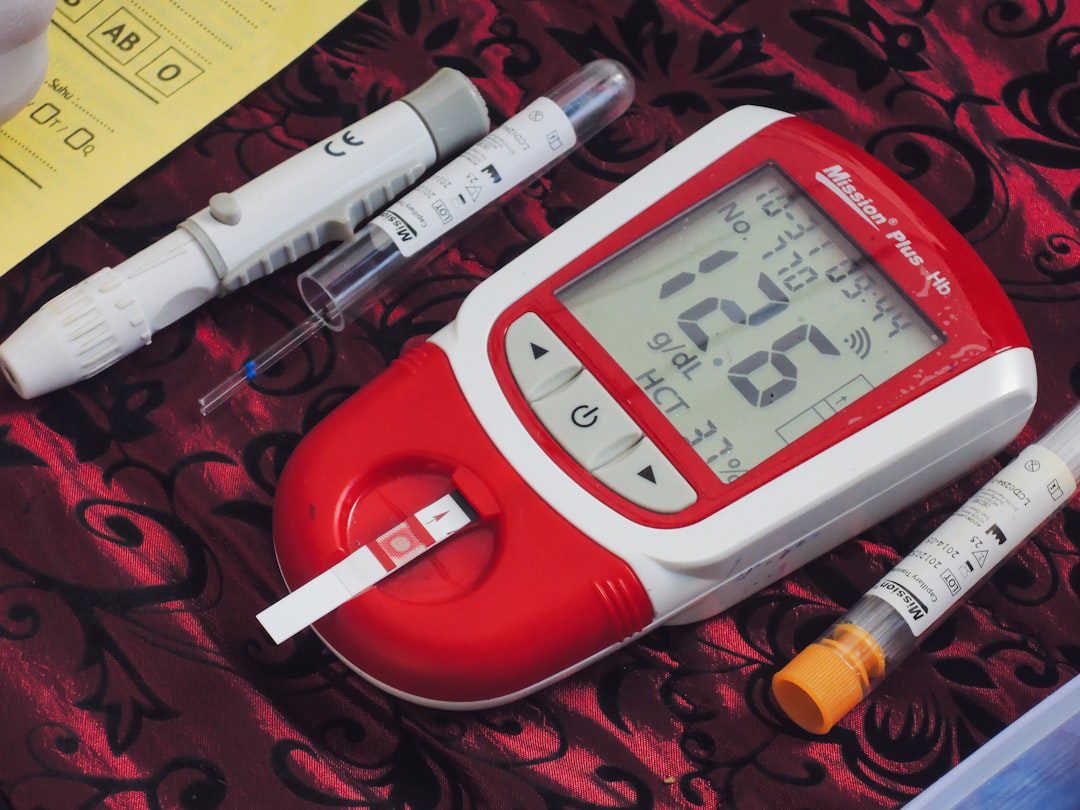
Understanding the Tandem Diabetes t:slim X2 Correction
On August 7, 2025, Tandem Diabetes Care announced a voluntary medical device correction for select t:slim X2 insulin pumps due to a speaker-related issue that can trigger system errors and halt insulin delivery. This proactive correction demonstrates both the importance of robust post-market surveillance and the critical nature of component-level quality control in life-sustaining medical devices.
What Happened: Technical Details
The correction addresses a specific failure mode where the device’s speaker component can malfunction, triggering an error state that results in the complete discontinuation of insulin delivery. For insulin-dependent diabetes patients, this represents a serious safety risk, as interrupted insulin therapy can lead to dangerous blood glucose elevations and potential diabetic ketoacidosis.
Key technical aspects of this correction include:
- Speaker hardware malfunction causing system-level errors
- Error state triggering automatic insulin delivery suspension
- Affects select devices within specific manufacturing lots
- Voluntary correction initiated proactively by manufacturer
Regulatory Framework and Classification
This action falls under FDA’s medical device correction guidelines outlined in 21 CFR 806. Unlike recalls, corrections allow manufacturers to address issues through software updates, labeling changes, or user instructions without requiring device return or replacement. The voluntary nature indicates Tandem’s proactive approach to post-market surveillance compliance.
Under FDA’s three-tier classification system, insulin pumps are typically Class II devices requiring 510(k) clearance, with some advanced systems classified as Class III requiring PMA approval. The correction process must be properly documented and reported to FDA within specified timeframes.
Why This Matters for Medical Device Manufacturers
Component-Level Risk Assessment
This incident highlights the critical importance of comprehensive component risk analysis during design controls. Even seemingly peripheral components like speakers can create cascading failures in complex systems. Manufacturers must evaluate how each component’s failure mode could impact overall device safety and efficacy.
Post-Market Surveillance Excellence
Tandem’s proactive identification and correction demonstrate effective post-market surveillance systems. This approach helps maintain regulatory compliance while protecting patients and preserving brand reputation.
Software Error Handling
The case illustrates how hardware failures can trigger software-based safety responses. While the insulin delivery suspension was likely a designed safety feature, manufacturers must carefully balance fail-safe mechanisms against therapy interruption risks.
Compliance Action Items for Manufacturers
Immediate Actions
- Review component suppliers: Audit critical component suppliers for quality management system compliance
- Assess error handling: Evaluate how component failures cascade through your device systems
- Document correction procedures: Ensure your quality management system includes clear correction protocols
Long-term Risk Mitigation
- Enhanced Design Controls: Implement more rigorous component-level FMEA processes per ISO 14971
- Supplier Management: Strengthen supplier qualification and ongoing monitoring programs
- Post-Market Systems: Develop robust complaint analysis and trending capabilities
- Correction Planning: Establish pre-approved correction pathways for common failure modes
Regulatory Compliance Best Practices
Medical device manufacturers should maintain comprehensive correction procedures aligned with FDA guidance and ISO 13485 requirements. Key elements include:
- Root cause analysis protocols
- Risk assessment documentation
- Customer notification procedures
- Effectiveness monitoring systems
- FDA reporting timelines compliance
Conclusion
The Tandem Diabetes t:slim X2 correction serves as a valuable case study in proactive post-market surveillance and effective correction management. For medical device manufacturers, this incident underscores the importance of comprehensive component risk analysis, robust quality management systems, and preparedness for rapid correction implementation when safety issues arise.


No comments yet. Be the first to comment!